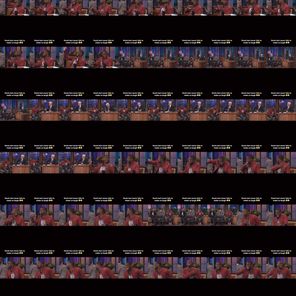
Rugger
PoliceForum Replies Created
-
I think the C-8 Corvettes are hands down the best Corvette ever built. It is extremely reasonable where you can order a loaded C-8 Corvette with all the Bells and Whistles for under $90,000. You can buy a new basic c-8 Corvette Coupe with a targa top for under $6,500 MSRP.
-
Most cop wannabes play cop in real life because they are intrigued with the power police officers have. Most police impersonators cannot make the basic simple requirements to become a cop. Most cop wannabes have bad reputation for not being able to become a real cop or have arrests records just like Jeremy DeWitte. Jeremy DeWitte is a serial police officer impersonator and will continue to be so until he dies. There’s no chance he’s gonna get the opportunity to become a fully board POST certified police officer in the United States. Here’s a recent article about Jeremy Dewitte.
https://allthatsinteresting.com/jeremy-dewitte
allthatsinteresting.com
"He’s a frequent flyer… the guy definitely loves the attention."
-
Here’s Kevin Hart comedy clips
https://www.facebook.com/share/r/7y1S5U8AMkU7mGtq/?mibextid=D5vuiz
facebook.com
Kevin Hart is a legend 😂😂 @kevinhart4real #kevinhart #jayleno #legend #trending #foryou #comedy #lol #netflix #laugh #explore #shaquille #shaq #family #justintimberlake #interview. thaermustafa01 ·...
-
Whaever happened to the mega bookstores. Loved going to Krochs and Brentanos Book Stores on the weekends and looking through books.
-
Hell yeah. I am doubling up tomorrow on silver. Plus I am buying a labradoodle puppy 🐶



